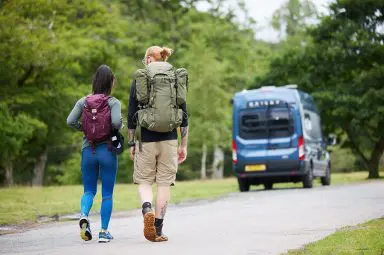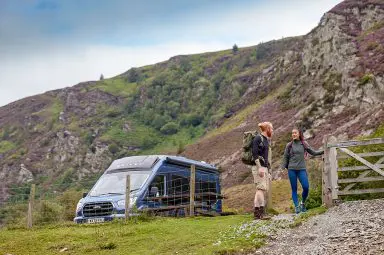Hot vs Cold
But Bailey of Bristol took on these two epic adventures, first with their West2East challenge in 2015 and earlier this year the Arctic Adventure.
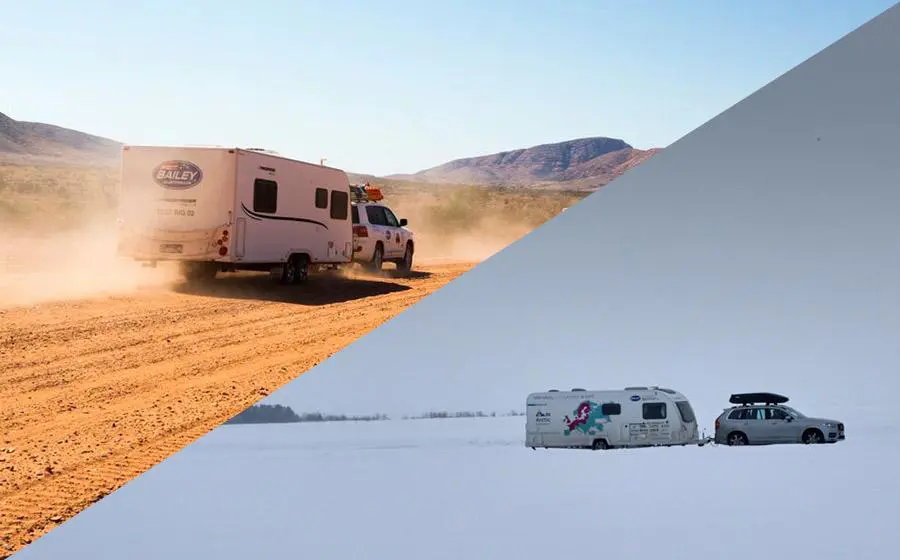
While the West2East challenge saw us make our way across Australia over dirt roads and gravel, this year’s Arctic Adventure dealt with ice roads and snowy plains, with both trips spearheaded by intrepid explorer and Marketing Director, Simon Howard.
Speaking about the two trips, Simon explained the key differences. The West2East challenge because it was driving across one country with spectacular landscape, they enjoyed a lot less traffic but road conditions were not as good as they were in Europe, with 1/3 of the journey in Australia being on gravel roads. Whereas the Arctic Adventure meant navigating through Europe and into Scandinavia with busier roads, more congestion and at stages ferry terminals in between.
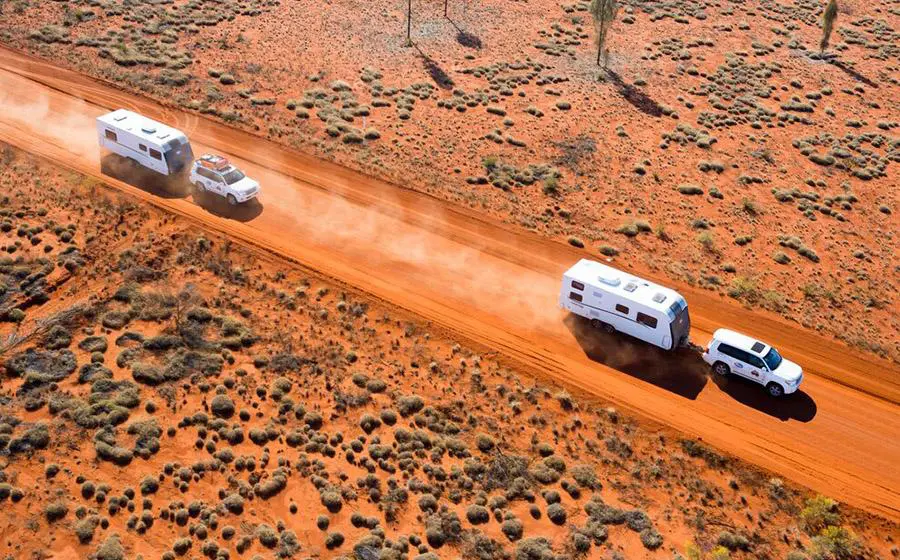
He went on to add: “The West2East challenge effectively involved travelling right across one large country, namely Australia, that was 3,700 miles, the Arctic Adventure was 25% longer and was 5,000 miles in total and that went through 12 much smaller countries in Europe.”
“The Arctic Adventure was quite literally the polar opposite to the West2East challenge, while the West2East challenge was a physical endurance test in sweltering conditions, the Arctic Adventure was as the name suggest in sub-zero, freezing weather conditions”.
While the two trips differed in temperatures, both pushed the vehicles used to the limits, the West2East challenge involved taking two locally built Rangefinder caravans, whereas the Arctic Adventure featured two of the company’s new Pursuit range and an Autograph motorhome.
Whilst the trip to the Arctic offered more variety in terms of what he saw, the road conditions were not any more challenging than those experienced in Australia. He said: “In Australia it was generally dry, we went during their winter so it wasn’t extreme heat but we got into the 30s during the day, whereas in the Arctic Adventure we got the full force of the winter weather, and I would say that was potentially more challenging”.
In undertaking both hot and cold weather trips, Simon suggested how the key considerations were similar for the West2 East challenge and the Arctic Adventure. He pointed out that when towing caravans or when travelling in a motorhome it is driving to suit the conditions, so it’s sticking to speed limits, and allowing enough time for the journey.
The key throughout both trips was paying attention to the tyres, in the West2East challenge, tyre pressure was all-important, with the team’s rugged 4×4 off road tyres, you had to have the right pressure, with them running along on reduced pressures on the gravel roads to prevent punctures.
Where the Arctic Adventure differs is it was paramount to have winter tyres in Scandinavia, something which is compulsory in Finland for five months of the year. These tyres made a huge difference to the amount of traction you got.
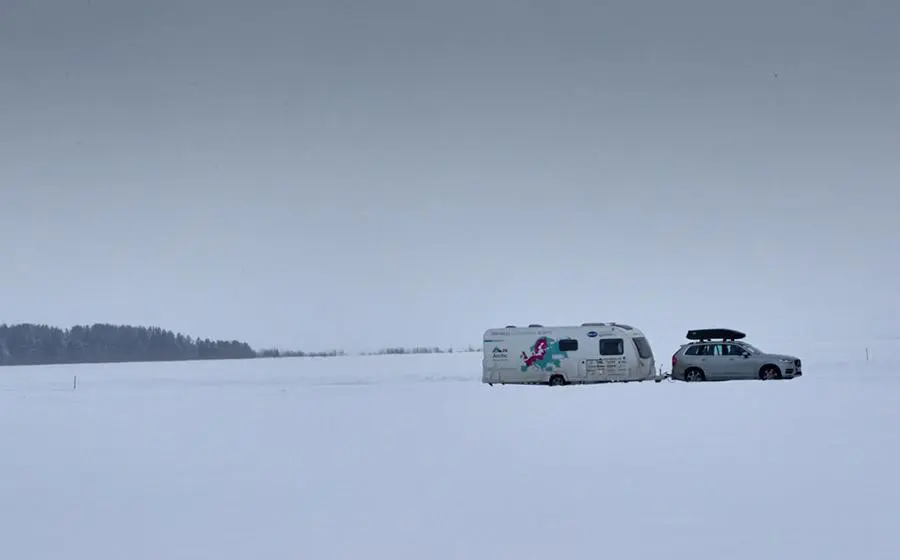
The one point that stands out from speaking to the traveller extraordinaire is that despite travelling nearly 9,000 miles not one single puncture occurred.
Highlighting the must haves for kit on each of the trips, despite weather conditions being vastly different, Simon describes water and fuel as the key factors, for both vehicles and passengers. He said: “In Australia the key was making sure you had a decent water supply but also fuel, because when you’re in the middle of the Outback, there are not many places you can stop to refuel, so you generally had to refuel at every station”.
In offering the necessities for a trip to the Arctic Circle, he added: “In the Arctic Adventure it was more about having the necessary equipment, firstly to drive in difficult conditions, but it’s also the equipment you need to deal with very low temperatures, plenty of screen wash and specialist anti-freeze for the car systems to cope with very low temperatures. Heating was another key consideration with temperatures dropping as low as minus 15 degrees at night and typically minus 5 degrees during the day when you’re above the Arctic Circle.
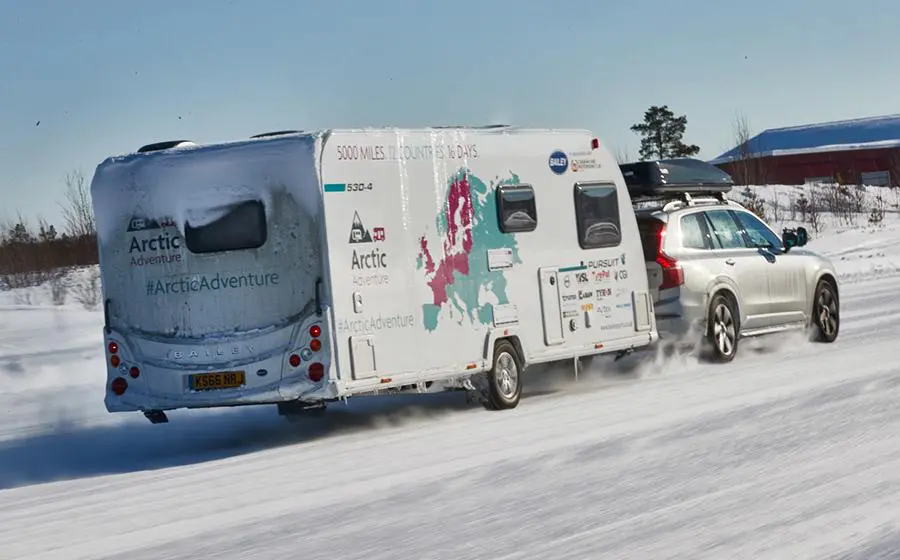
“For both trips it’s important to ensure you have all the right clothing, while Australia required t-shirts and of course sun cream to stop those t-shirt suntans, the Arctic Adventure meant we needed specialist clothing, such as the extreme weather jackets supplied to us by Mountain Warehouse. It was important to have many layers rather than just thick layers”.
With all the vehicles used for both trips needing to stand up to the challenges, Simon highlights that in both they did remarkably well. In terms of durability, the Alu-Tech system really did shine, with no issues in the structural integrity of the vehicles. Insulation wise the caravans and motorhome were superb with the Truma heating system in the Pursuit’s and the Alde system in the Autograph working like clockwork.
In offering advice for anyone else looking to undertake similar trips Simon spoke about planning being the key to successful trips, he said: “It’s making sure you thoroughly assess what you’re likely to come up against and plan accordingly. Allow plenty of time, make sure you plan your route carefully, make sure people know where you’re going, particularly in Australia when you are in remote parts of the world, and then just drive accordingly”.
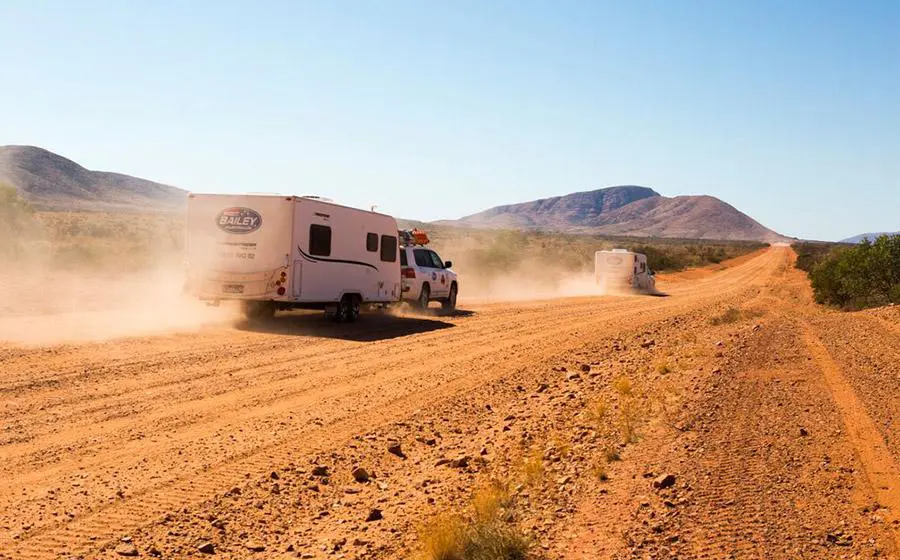
He added: “We were on relatively tight schedules on both trips and it would have been nicer to spend more time doing it but they were both wonderful trips and they showed what a fantastic adventure that you can have in a modern caravan or motorhome. I’m very fortunate to have gone on both trips and get to see different parts of the World that I wouldn’t have done had I not had a caravan or motorhome”.
Previous
Captain Scott
Next
News & Events
Latest news & events
See all news & eventsChipping Sodbury Spring Sales Event
BADMINTON ROAD, CHIPPING SODBURY, BRISTOL
West Country Motorhomes Open Weekend
BRISTOL ROAD, BRENT KNOLL, HIGHBRIDGE, SOMERSET
Swindon, Oxford and Reading Caravan and Motorhome Centre Easter Sales Event
GREATFIELD, ROYAL WOOTTON BASSETT, WILTSHIRE
Grantham's Midlands Caravan & Motorhome Season Ready Show
SPITTLEGATE LEVEL
GRANTHAM
